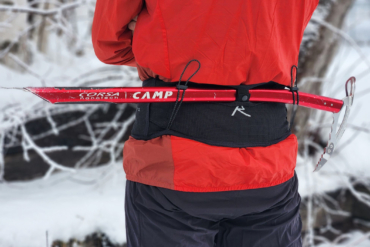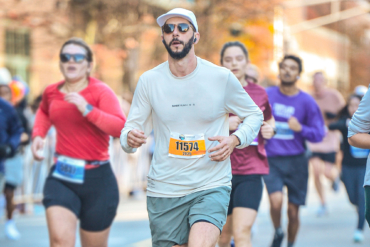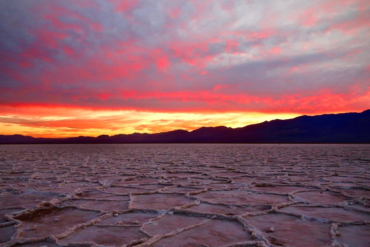For years, ultrarunning was a sport of slow and steady. But a new generation of runners is crushing old records at blazing fast paces. Welcome to the new reality of high-speed ultras.

Last year, after I ran rim-to-rim-to-rim (R2R2R) more than 40 miles in the Grand Canyon, I wrote that the existing speed record (6:21:47, by Rob Krar in 2013) was almost unfathomably fast.
Someone just cut 26 minutes from Krar’s time.
Last week, Jim Walmsley, 26, of Flagstaff, Arizona – and Krar’s next-door neighbor – ran the 42-mile route with over 10,000 feet of vertical gain in 5:55:20.
“Sorry Rob,” Walmsley joked afterward. “I have the fastest time on the block now. Just saying.”
A Monumental Rim-To-Rim-To-Rim Record

This is a record that didn’t drop under seven hours until Dave Mackey ran 6:59:56 in 2007, and was only barely lowered by Dakota Jones to 6:53:38 in 2011. Krar lopping nearly 32 minutes off the record was monumental.
Walmsley just massively upped the ante, redefining what might be possible in ultrarunning as a whole.
Ultrarunning Gets Faster
I’m eating my words this week.
Earlier this year, I wrote that ultrarunning is still an old man (or woman’s) game – essentially arguing experience and strength gained from decades in the sport could often trump youthful vigor and raw speed.

But Walmsley’s 2016 season opened eyes. Prior to his R2R2R record, he won and broke the already-stout course records at the Bandera 100K and Lake Sonoma 50K, and very nearly set the course record at the vaunted Western States 100 before taking a wrong turn at mile 93.
He demonstrated that with enough speed, and proper training on trails, younger, more talented runners could take over and redefine this domain traditionally occupied by grizzled mountain men and women.
Faster Ultras
Some faster athletes from the track and field world, perhaps lured by increased prize money and the prospect of sponsorships, have been trickling into the sport for a while: Two-time Olympic Trials Marathon qualifier Sage Canaday has fairly dominated ultras under 100 miles since he ran his first 50K in 2012; Krar was a 1:51 800-meter runner in college before twice winning Western States; and 2014 IAU 100K World Champion Max King ran an 8:30 steeplechase in the 2012 Olympic Track & Field Trials.
Still, Walmsley – who sports a 13:52 best in the 5K – might represent the tip of this next movement: fast – really fast – men and women who can redefine the parameters of what we thought was possible in ultrarunning.
Like running R2R2R under six hours.
New Ultrarunning Talent
“I think [ultrarunning] is getting faster, for sure,” Walmsley said. “I have more friends from the track and road who are reaching out about how to get into the trail scene.”
In Flagstaff alone, the number of relatively unknown runners making their mark on trails is staggering.
Walmsley’s bike shop colleague Cody Reed won the first three ultras he entered, including the USA Track & Field Trail 50K Championships at the Tamalpa Headlands 50K in August. Tim Freriks was second behind Walmsley at Lake Sonoma, ahead of a stacked professional field. A 20-year-old student from Northern Arizona University named Andrew Miller won Western States when Walmsley faltered.

“But it’s not that easy,” Walmsley cautioned. “You have to train correctly.”
He said turning to Flagstaff’s innumerable trails helped him stay injury-free while logging the 120-to-140-mile weeks professional road and track runners usually put in.
“I’m definitely seeing new levels of fitness for myself,” Walmsley said. “I’m not sure where I would sit on the track or the roads if I went back, but it’s working out really well for me trail-wise.”
New Racing Mentality
The new influx of speed into ultrarunning, he said, means runners are approaching races with a different mentality than before.
“In a 50-mile race, you plan to race for 50 miles,” he said. “The race starts at mile one, not at mile 30 like it might have before. Maxing out like that means you have to pace yourself better over the terrain, and be smarter about nutrition.”
Walmsley said he is excited to see how fast it can get.
“It’s fun to be considered at the forefront of that,” he said. “Hopefully, as it evolves, I can stay at the front.”





